Construction AI-Powered Safety App

2021
Construction AI-Powered Safety App
Mobile app for construction workers featuring a multilingual AI assistant, real-time safety communication tools, and on-site collaboration features.
Innovating Construction Safety: AI-Driven Approach
About project
Mobile app for construction workers featuring a multilingual AI assistant, real-time safety communication tools, and on-site collaboration features.
Challenge
A major construction company operating one of the largest regional sites approached us to help reduce rising incident rates tied to poor communication. Key issues included inconsistent safety messaging, reliance on hand signals, verbal instructions, and frequent misunderstandings due to language barriers on multilingual crews.
The client sought a practical, field-tested solution that could centralize communication, deliver safety information in multiple languages, and operate reliably in low-connectivity environments with limited hardware.
Solution
We conducted field interviews and site visits to understand real worker behavior and communication habits. Based on this, we designed and delivered a mobile-first solution focused on simplicity, accessibility, and multilingual support.
1. AI-Powered Chatbot
We developed a task-specific AI assistant trained on real-world construction safety documentation using open-source NLP frameworks (spaCy, Rasa NLU). The bot answered worker queries, delivered illustrated safety PDFs, and shared short video explainers. A feedback loop allowed ongoing content improvement based on user ratings and comments.
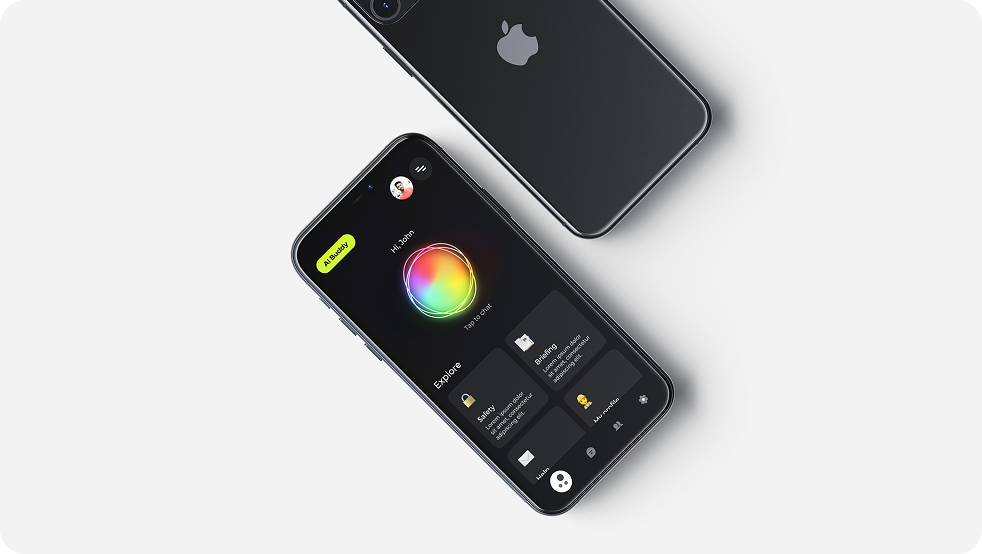
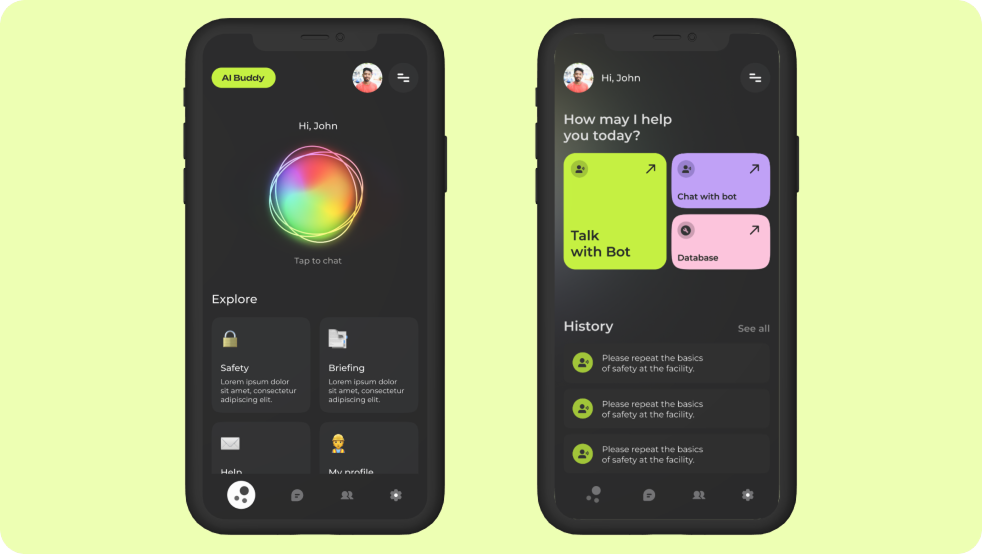
2. Real-Time Collaboration Tools
A built-in communication layer allowed users to send alerts, ask questions, and notify supervisors about safety risks.
Features included:
- Group and individual messaging
- Offline message queuing
- Compatibility with low-spec Android devices
- Abuse reporting and user blocking for moderation
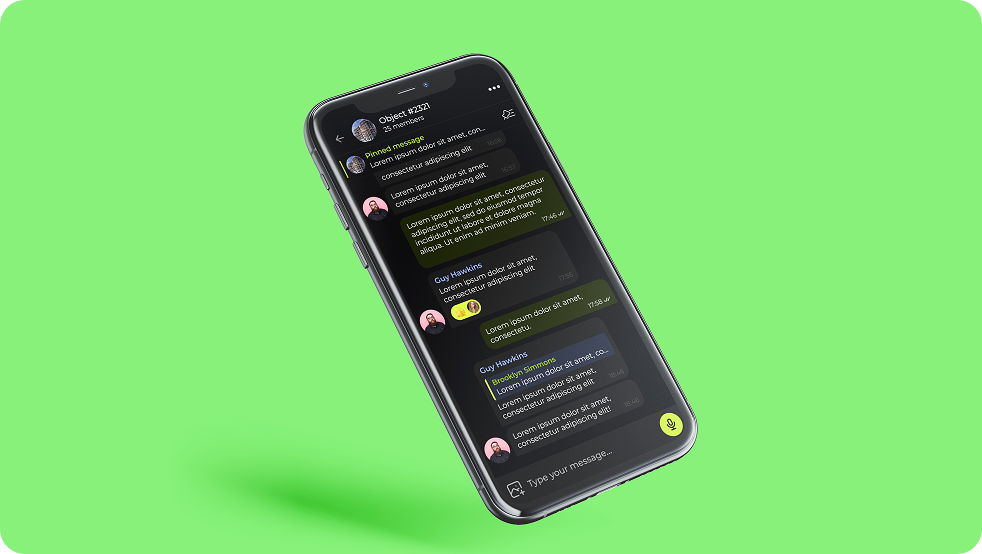
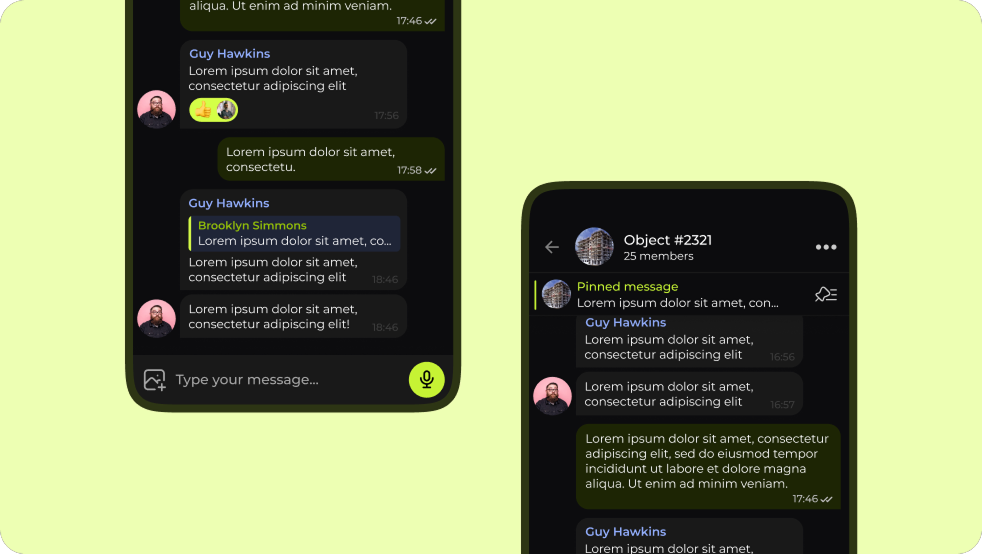
3. Learning & Engagement Features
The app included lightweight tracking tools to help workers follow key safety practices and complete short learning paths. These were optional and intended to support compliance or internal recognition goals — not formal certification.
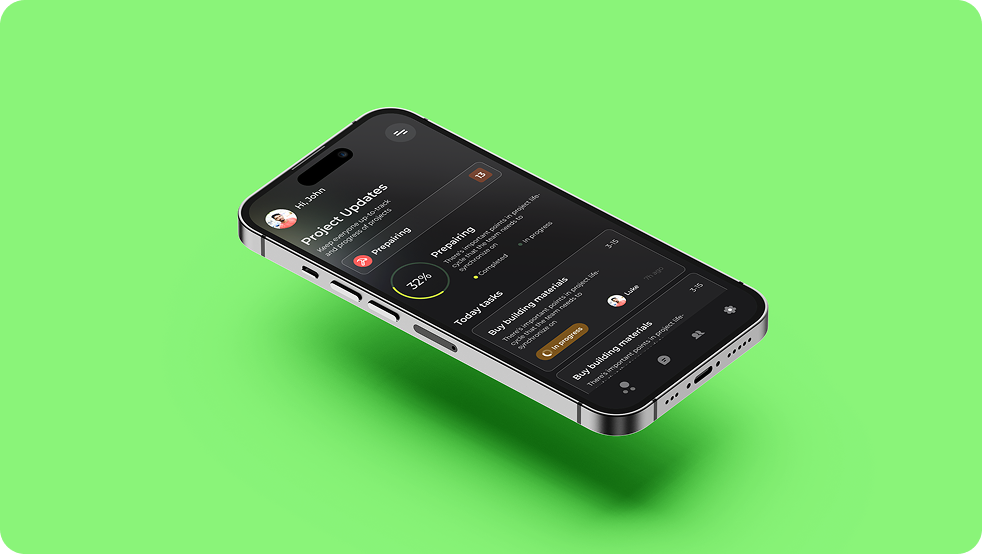
4. Multilingual Interface
To address communication gaps, the app supported seven languages — English, Hindi, Urdu, Arabic, Bengali, Malayalam, and Mandarin — across both chatbot responses and UI, including support for RTL scripts.
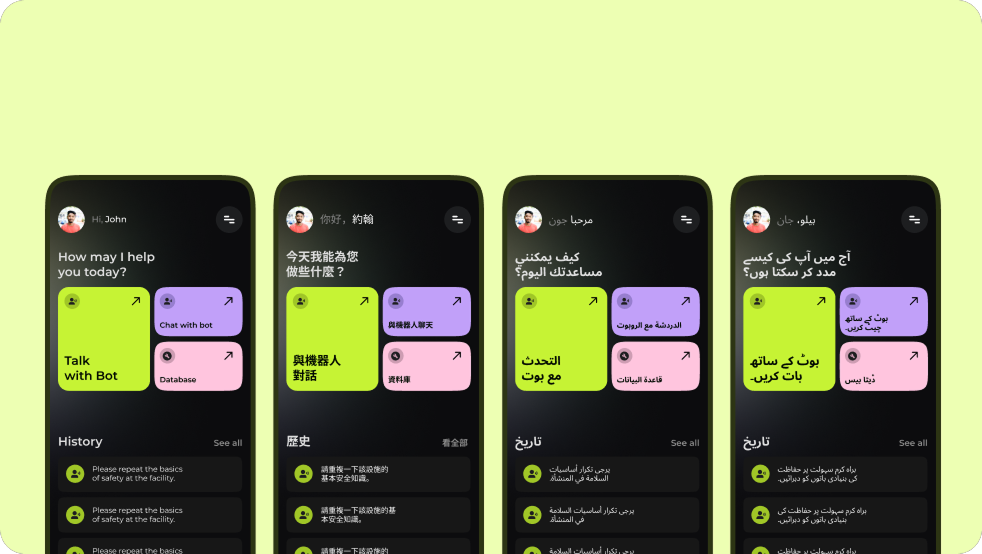
5. System Integration
The platform was integrated with Rocket.Chat for messaging and Keycloak for secure user authentication and role management, ensuring enterprise-level scalability and modularity.
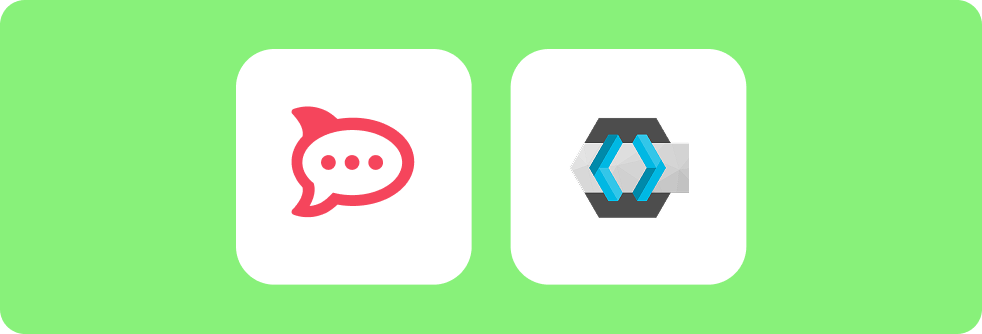
Project Team
- 1 Project Manager
- 1 UX/UI Designer
- 2 Mobile Developers
- 1 Backend Developer
- 1 AI/ML Engineer
- 1 QA Engineer
Tech stack











Timeline
Total duration: 16 weeks
Weeks 1–2
Research, onsite workshops, language and UX planning
Weeks 3–6
Chatbot logic, backend API, role system
Weeks 7–10
Mobile app features, multilingual support, media integration
Weeks 11–13
Messaging, offline mode, device optimization
Weeks 14–18
QA, deployment, worker onboarding sessions
Impact
After deployment across two key sites:
- On-site safety awareness improved, with over 70% of workers actively using the assistant weekly
- Team communication became more structured, especially among mixed-language crews
- According to internal safety reports, hazardous incident frequency dropped by approximately 59% within the first three months
- Supervisors reported a notable reduction in delays and miscommunication during routine operations
Business Outcome
The solution helped the client modernize its safety culture, increase field-level accountability, and reduce risk — without disrupting established workflows or requiring heavy training.